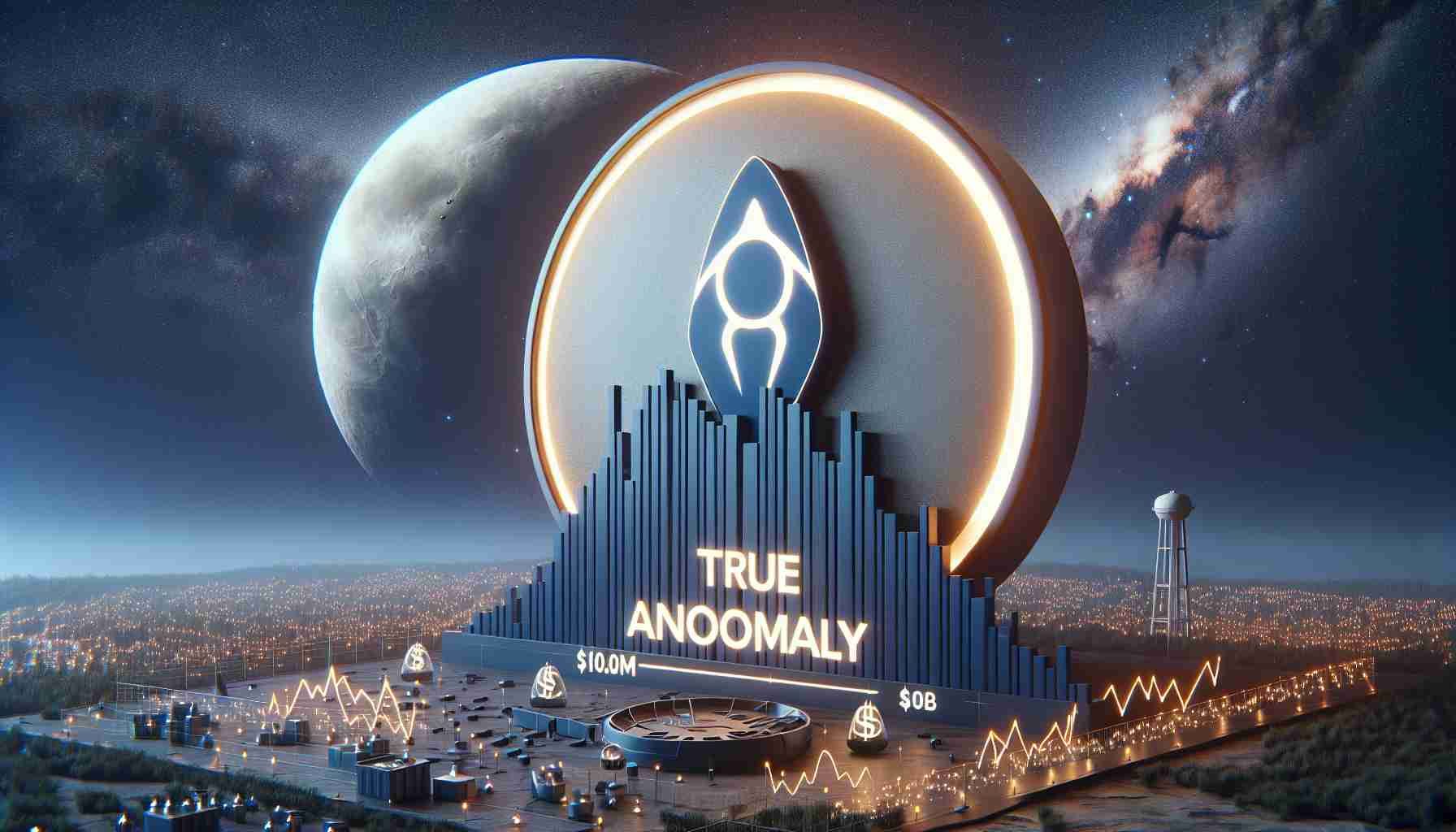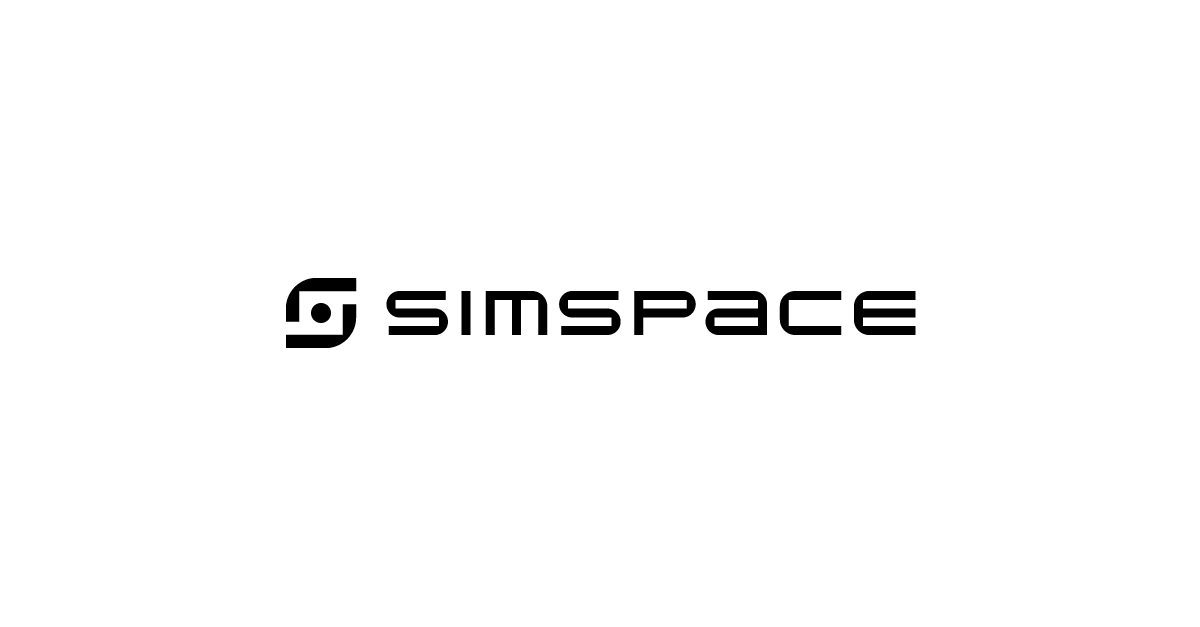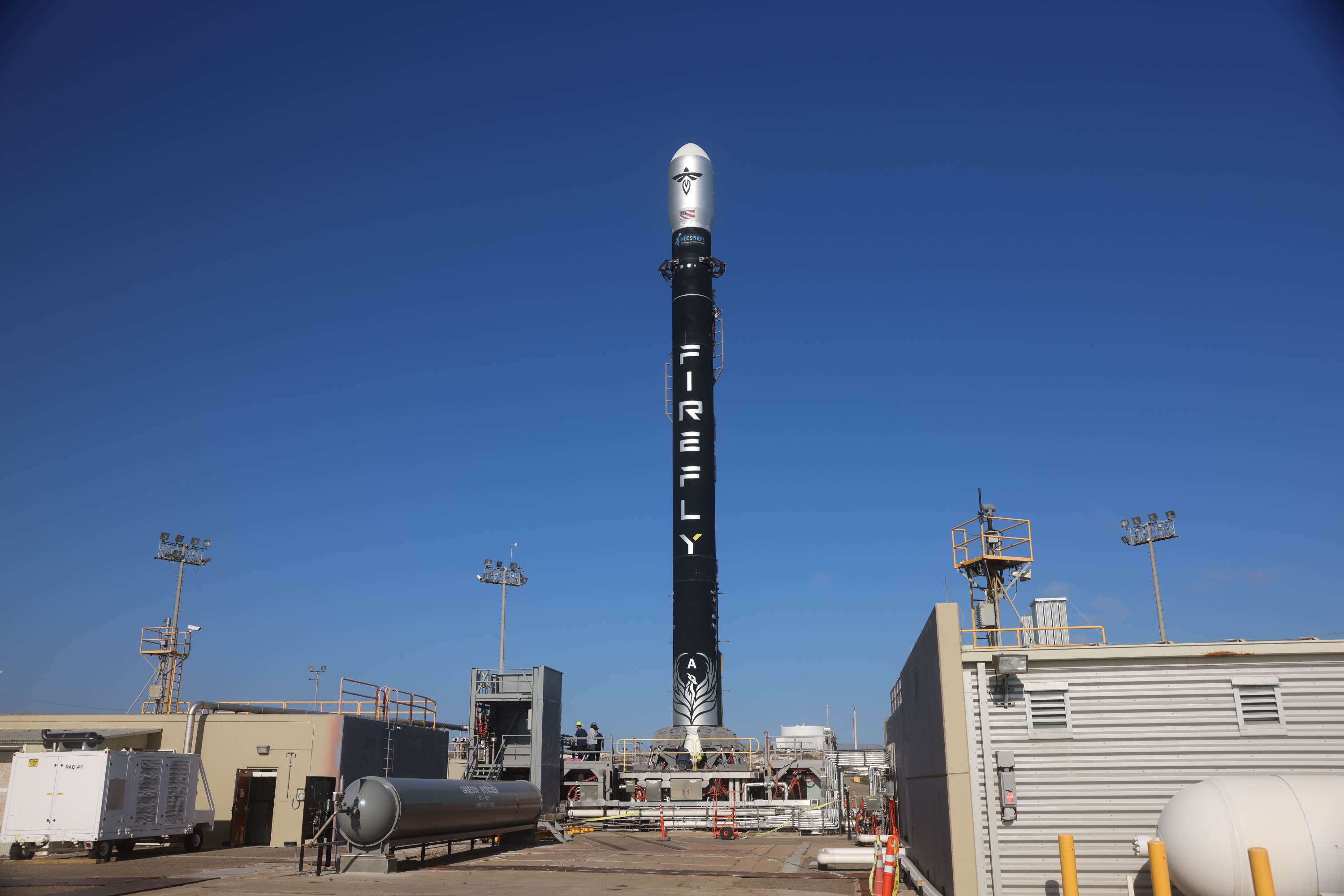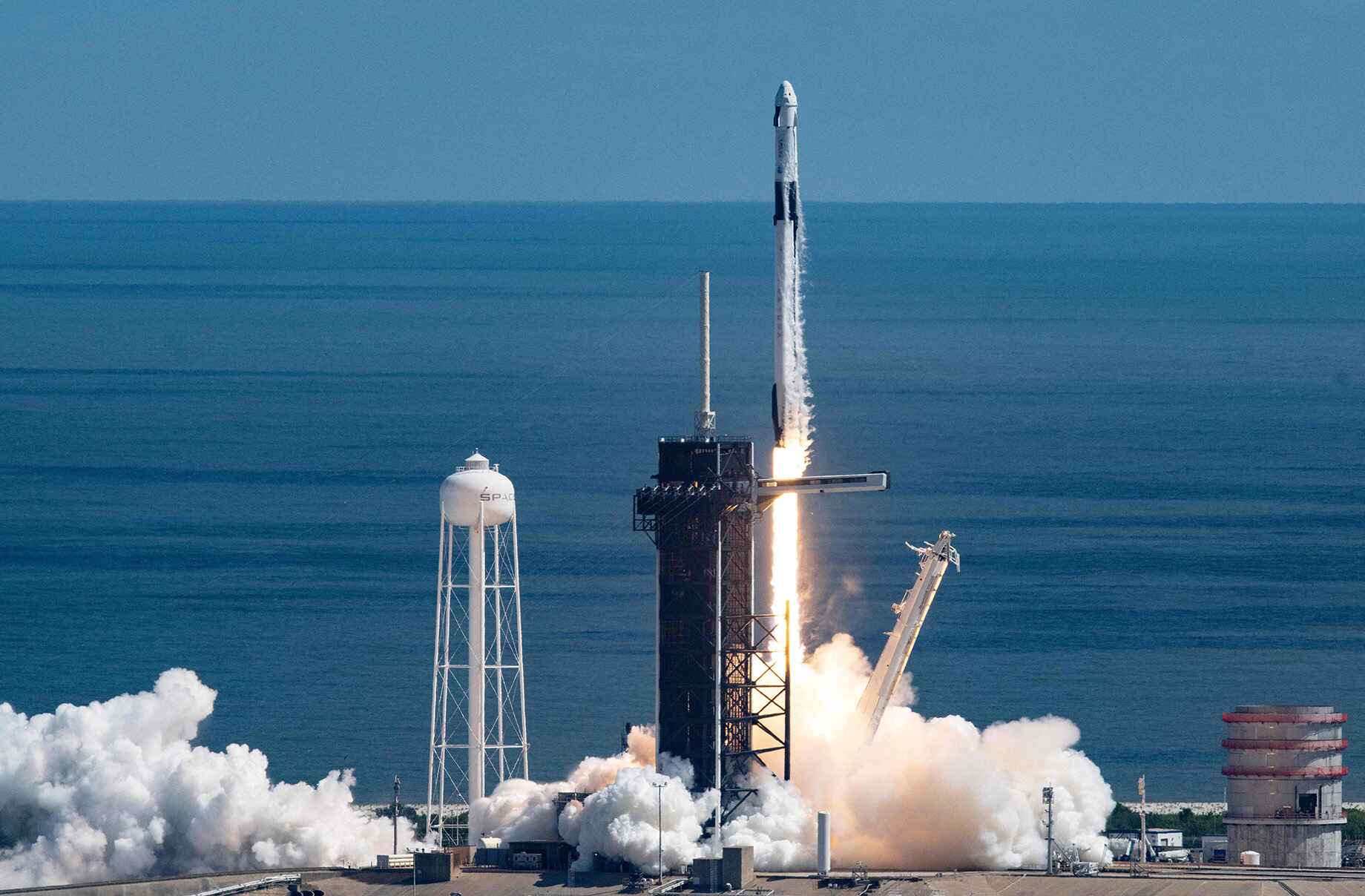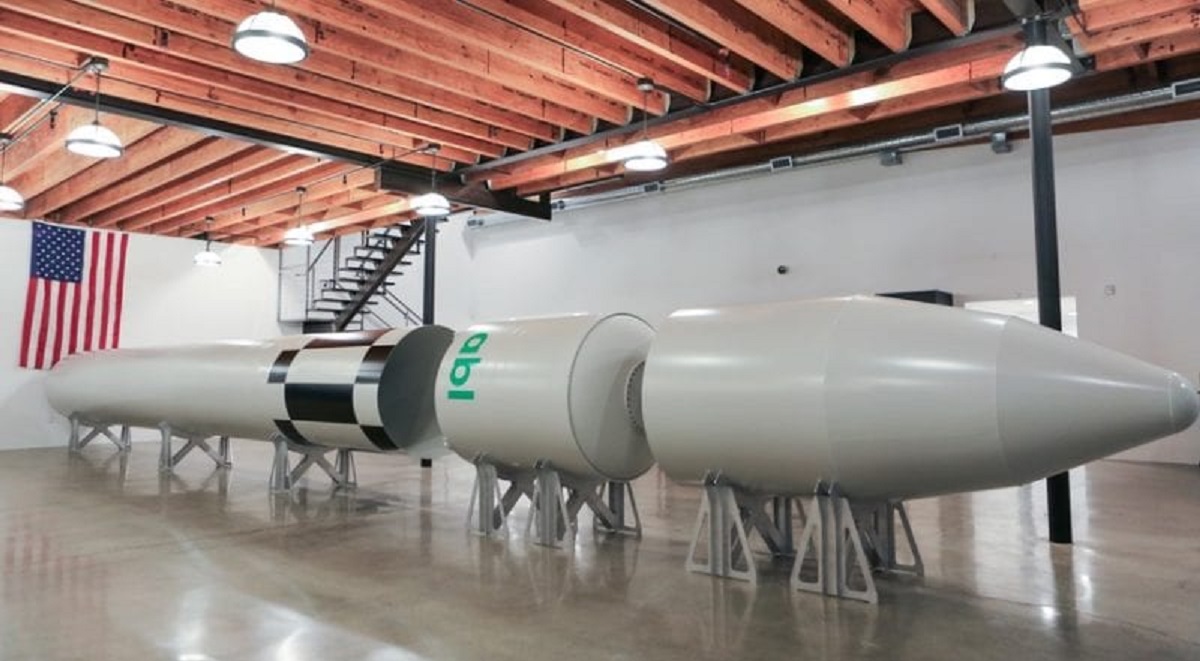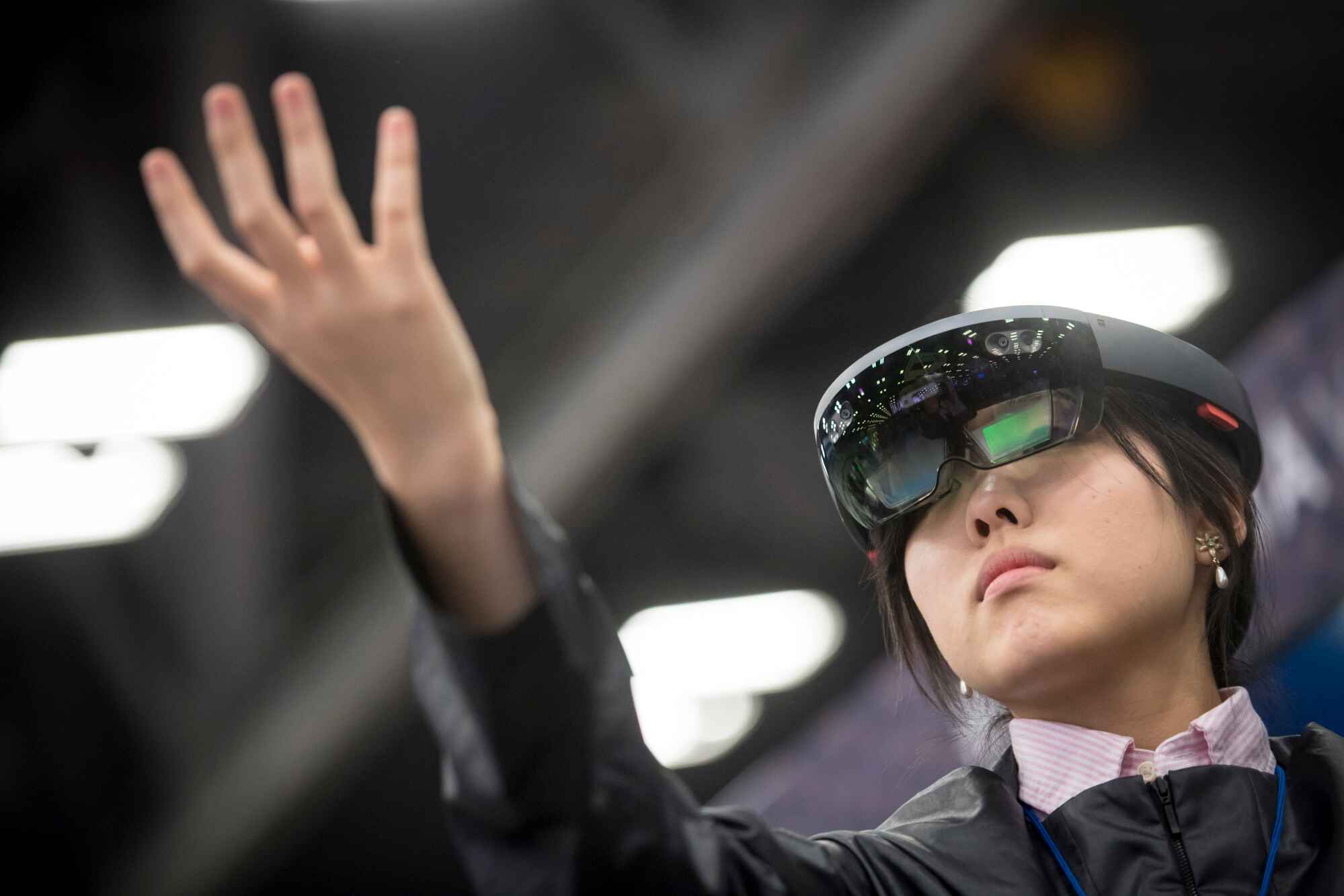True Anomaly, a promising startup in the space industry, has recently secured a significant contract worth $17.4 million from the U.S. Space Force Space Systems Command. The contract aims to develop cutting-edge space domain awareness (SDA) capabilities to aid the warfighter in making critical decisions in the space domain. This 48-month-long contract will be executed under the Small Business Innovative Research (SBIR) Phase 3 program.
Key Takeaway
True Anomaly has secured a
7.4 million contract from the U.S. Space Force Space Systems Command to develop advanced space domain awareness technology. This contract marks a shift in focus from solely tracking objects to understanding human activities within the space domain, providing the warfighter with valuable information for decision-making.
A Shift in Mentality
Traditionally, space domain awareness technologies have focused on managing spacecraft traffic and avoiding collisions. However, with the establishment of the U.S. Space Force, there has been a notable shift in mindset. True Anomaly’s Chief Product Officer, Tom Nichols, highlighted this change during a recent interview, explaining that the goal now is not just to track objects and prevent collisions but also to comprehend human activities within the domain and utilize that information for informed decision-making.
Addressing Critical Capabilities
Tom Nichols brings firsthand experience to the table, having served as a space operations officer in the U.S. Air Force in 2011. Eventually, he became an instructor at the Space Force’s weapons school, where he recognized the dire need for enhanced SDA capabilities. Nichols, along with True Anomaly CEO Even Rogers, recognized an opportunity to develop these capabilities more efficiently compared to existing options.
The True Anomaly Solution: SDA Kit
True Anomaly has developed an internal solution known as the “SDA Kit,” which encompasses four main functions. The first is DTID (Detect, Track, ID), which aids in locating and tracking objects in space. The second function, Characterization, utilizes collected information about spacecraft—such as its emissions—to understand its purpose. TW&A (Threat Warning and Assessment), the third function, employs machine learning to predict changes in object behavior and identify anomalies. The fourth function, Data Exploitation and Integration, compiles and integrates publicly available, commercial, and classified data for event forecasting.
Enhancing Quality and User Experience
While certain aspects of True Anomaly’s technology already existed, the quality, access, and user experience were lacking within the Space Force. Nichols explained that there is a wealth of data available to space operators; however, it has not been effectively utilized to generate valuable insights and increase precision in decision-making. This contract aims to address these challenges and elevate the capacity for precise options.
A Synergistic Vision
This contract closely aligns with True Anomaly’s ongoing work on Mosaic, an integrated software platform for space operations. The SDA capabilities developed under this contract will form an application layer on top of the Mosaic platform. Additionally, True Anomaly is preparing to launch Jackal, an autonomous spacecraft designed to rendezvous with other spacecraft and capture close-up images. The data obtained from Jackal will further enhance the Space Force’s decision-making capabilities by providing a comprehensive understanding of American adversaries’ activities in orbit.
“The value of information extends beyond immediate operations; it enables the development of tactics, techniques, and procedures to counter and mitigate threats,” remarked Nichols. The combination of advanced SDA technology and comprehensive data analysis will ultimately equip the Space Force with the necessary tools to stay ahead.









